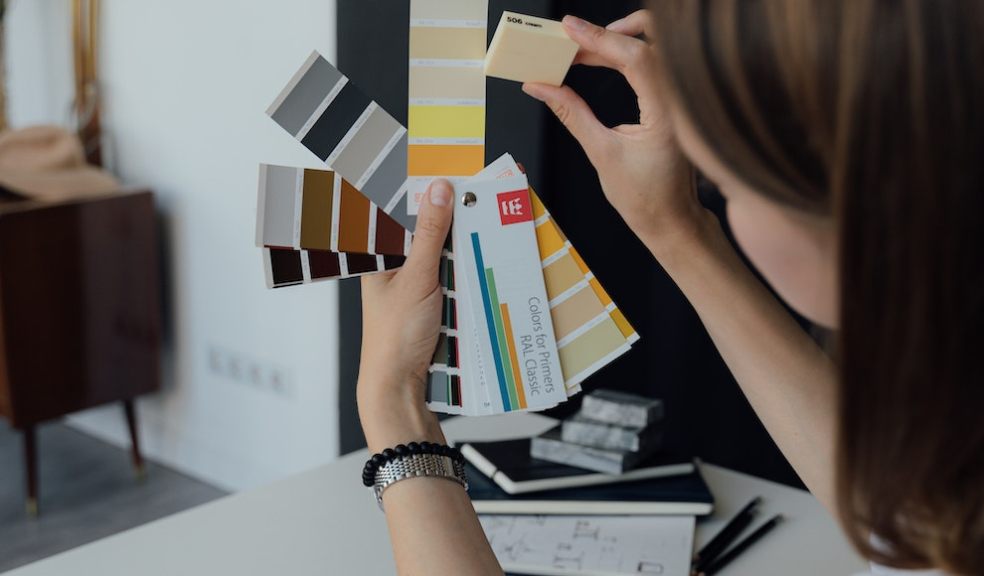
How to help homeowners with interior decorations remotely
Gone are the days when interior design assistance meant welcoming a decorator into your living space. With the surge of digital tools and platforms, remote interior design support is soaring in popularity. Thanks to technology, homeowners can now seamlessly connect with design maestros, making the entire process both feasible and remarkably convenient.
Advantages of Remote Interior Decoration
Firstly, opting for a virtual touch significantly reduces costs. There's no travel, no in-person consultation fees, just pure design advice. Moreover, this approach annihilates geographical barriers. Dreaming of providing your designer touch while sitting hundreds of miles away? Done!
You get access to a broader palette of customers, ensuring that no matter where they are, their homes are just a video call away. The world becomes your client pool, all without leaving your couch.
Essential Tools for Remote Decoration Guidance
In the age of technology, top designers are blessed with a toolkit that can transform remote collaboration into a seamless experience. Video conferencing software, like Zoom or Skype, ensures face-to-face consultations, keeping the personal touch intact. Next up, tools leveraging virtual reality or augmented reality come into play, allowing homeowners to visualize design changes in real-time.
Collaborative platforms such as Trello or Pinterest make sharing mood boards and design layouts a breeze. Interestingly, when it comes to these collaborative platforms, many designers find MacOS best text editor options incredibly handy for swiftly jotting down design ideas or notes, ensuring no creative thought slips away.
Steps to Assist Homeowners Remotely
- Initial Virtual Meetings: Start with a comprehensive virtual sit-down, diving deep into the client's vision, preferences, and needs. It sets the foundation and helps in building a design road map.
- Virtual Home Tours: A walkthrough of the space is crucial. Using video calls, get a feel of the homeowner's current setup, understanding spatial dynamics, lighting conditions, and potential focal points.
- Sharing Design Mock-ups & Mood Boards: Once you've absorbed the client's requirements, it's time to bring those ideas to life. Share design concepts, mood boards, and possible layouts, making it easier for homeowners to visualize the end result.
- Collaborative Decision-making: Engage homeowners in the decision-making process. Regular check-ins, feedback rounds, and brainstorming sessions ensure everyone's on the same page.
- Shopping List Guidance: Once the design is locked in, provide homeowners with a detailed shopping list. To simplify their experience, share direct links or vendor recommendations for the proposed furnishings and décor.
Tips for Effective Remote Assistance
Nailing remote design assistance hinges on more than just creative flair; it's about the nuances of digital collaboration. Firstly, prioritize robust internet connectivity—it's the linchpin of smooth interactions. Crystal-clear communication is paramount; don't shy away from using visual aids to sidestep potential misunderstandings.
Regularly pencil in check-ins, keeping the design journey transparent. And remember, feedback isn't just valuable; it's vital. Welcome it with open arms, and don't hesitate to make revisions when needed—it's all part of the collaborative magic.
Final Word
The horizon of interior decoration is shifting, harmoniously blending technology with aesthetic finesse. As the world turns more virtual, it's an invitation for homeowners to step into this innovative realm.
Embracing this blend of convenience and creativity can not only redefine spaces but also craft homes that echo individual stories with unmatched precision.













